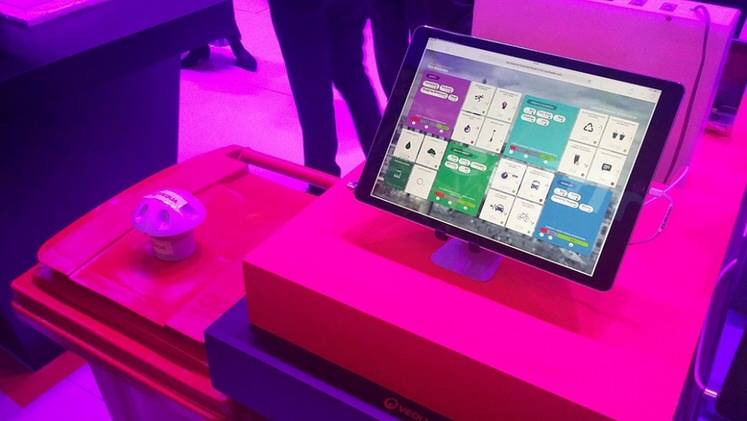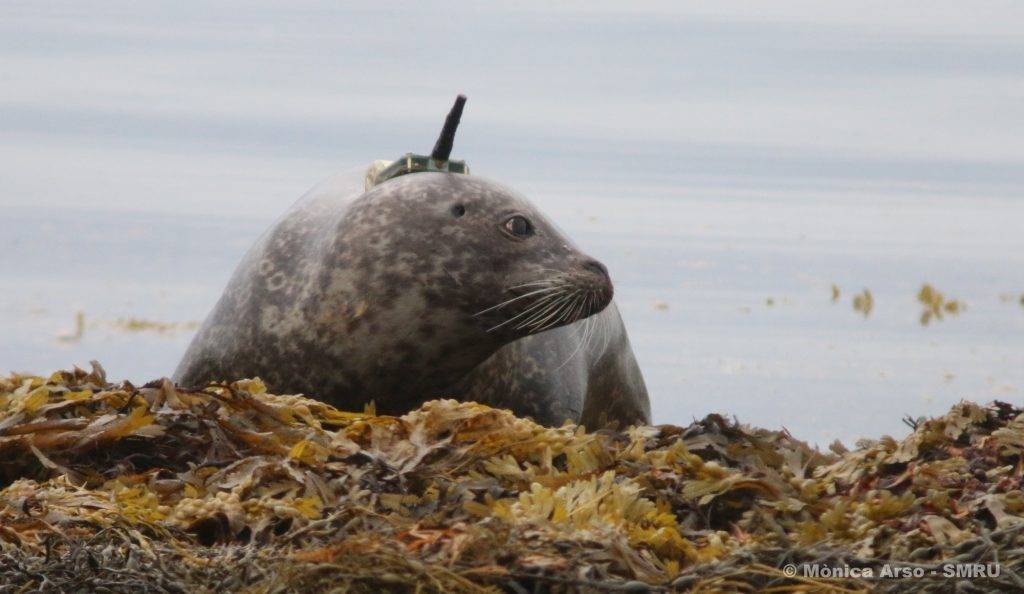The GSMA’s Innovation City at MWC created a space to reveal some of the most cutting-edge mobile-enabled products and services in the world today. There was plenty of spectacle worthy tech including connected vehicles (even a rickshaw), a robot playing a drumkit and immersive VR experiences. Yet some of the most interesting are those that solve social or environmental problems where other methods are inefficient or ineffective. Here’s a sample of those showcased:
Urban waste
Veolia received first prize for NB-IoT innovators in the Mobile IoT Innovators Showcase’ competition.The competition was designed to encourage the development of new and innovative Low Power, Wide Area (LPWA) solutions based on licensed Mobile IoT standards.Each entrant was supplied with an easy-to-use development kit which, although optional, helped with the development of new products and solutions that utilized licensed Mobile IoT technology.
See also: Cisco brings digital know-how to smart buildings
One of its innovations: connected containers that allow for smarter management of urban waste. The connected containers invented by Veolia are a major innovation in the field of smart waste management. Equipped with narrow-band (NB-IoT) sensors, they provide real-time visibility on their fill level and are also able to detect fires in the bins. It makes it possible to reduce the number of trucks needed for waste collection and consequently limit CO2 emissions.
In partnership with the telephone operator Huawei, the data collected by sensors is transmitted via Vodafone Spain’s mobile network and then processed to optimize collection circuits.
Seal monitoring
Seal numbers in the waters of Scotland are in decline. In response, The University of St Andrews Sea Mammal Research Unit (SMRU has developed smart telemetry tags using NB-IoT technology in a five-year study to track and monitor the movement of harbor seals and determine the causes of their population decline. The sensors are attached to 20 seals at present by strong glue to log detailed data on the animals’ behavior, such as location and dive depth, as well as temperature, salinity and, eventually, underwater sound.
I spoke to Dr. Bernie McConnell of the Sea Mammal Research Unit, who explained that they were one year into their study and so far, had received rich data that enabled them to gain a greater understanding of what the harbor seals were eating. He also noted that “While this kind of project doesn’t result in big achievements for tech companies, it is important and it hs value.” He detailed that the NB-IoT could also prove beneficial in studies of marine life such as whales and sharks.
Low power devices and networks in licensed spectrum vastly improve wildlife tracking by enabling more efficient tracking tags that are smaller and less intrusive. The seals molt their fur every three months upon which the trackers fall off meaning the sensors are harmless to the seals but vital in providing important information on their wellbeing and living conditions.
Connected safety clothing
KT (Korea Telecom) has partnered with clothing manufacturer Kolon to create a connected jacket designed for use in remote locations, where the wearer may become stranded and cannot request help. It comes equipped with sensors that detect movements of a person in distress, then transmits them via a small NB-IoT module. The jacket is also furnished with LEDs and acoustic sensors to assist rescue. The company additionally developed the “IoT Life-Tech Jacket Marine,” an upgrade to existing life jackets. It not only contains a floating tube but also sensors and telecom modules that collect the wearer’s information such as identity, heart rate, and location and send it to emergency control centers.
Historically, one of the great challenges in developing such solutions is their viability in rural or mountainous areas, where network coverage can be unreliable. This problem is overcome by NB-IoT technology, which enables connectivity in hard to reach locations. Additionally, NB-IoT also uses very low amounts of data, which potentially allows batteries to last for many years.
Connected gas meters
Cooking with charcoal and firewood is equivalent to being exposed to 400 cigarettes per hour, however in sub-Saharan Africa, while people want cleaner fuels, paying for gas up front is too expensive for most, exposing more than 80% of families harmful fumes every single day. African Gas provider KopaGas has created a solution to the problem through the use of smart meters and pay-as-you-go technology in Tanzania where customers pre-pay for small amounts of LPG gas for cooking through mobile payments. KopaGas was awarded a seed grant by GSMA through their Mobile for Development Utilities Program in 2015.
The availability of commercial LPWA solutions is expected to take off this year and was a key theme as well as be a key theme at Mobile World Congress 2017. There are currently over 30 commercial pilots around the world across a number of sectors such as smart parking, smart water meters, smart grids and smart gas amongst others. This number is expected to grow dramatically over the coming months. By 2025 nearly 20% or 5 billion mobile connections will be cellular or LPWA (2bn cellular and 3bn LPWA.
LPWA and NB-IoT seem to be the buzz words of MWC, surpassed only by the ubiquitous Artificial Intelligence and Machine Learning. But while the value of AI can be at times, limited to academic benefit, real-time, tangible real life results can be linked to NB-IoT advances.





















